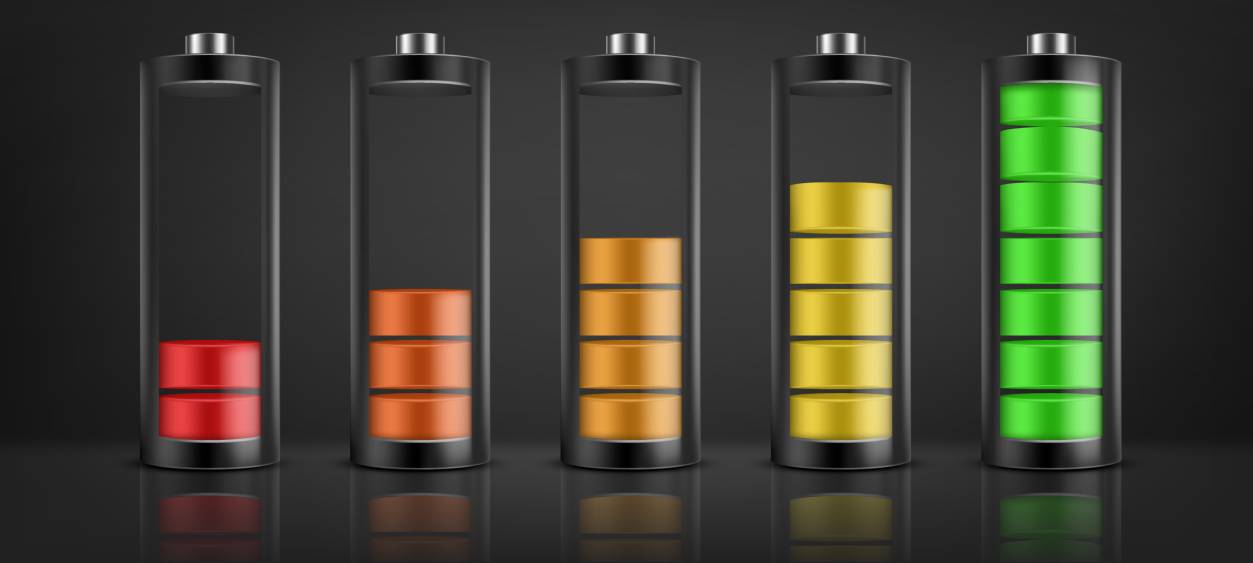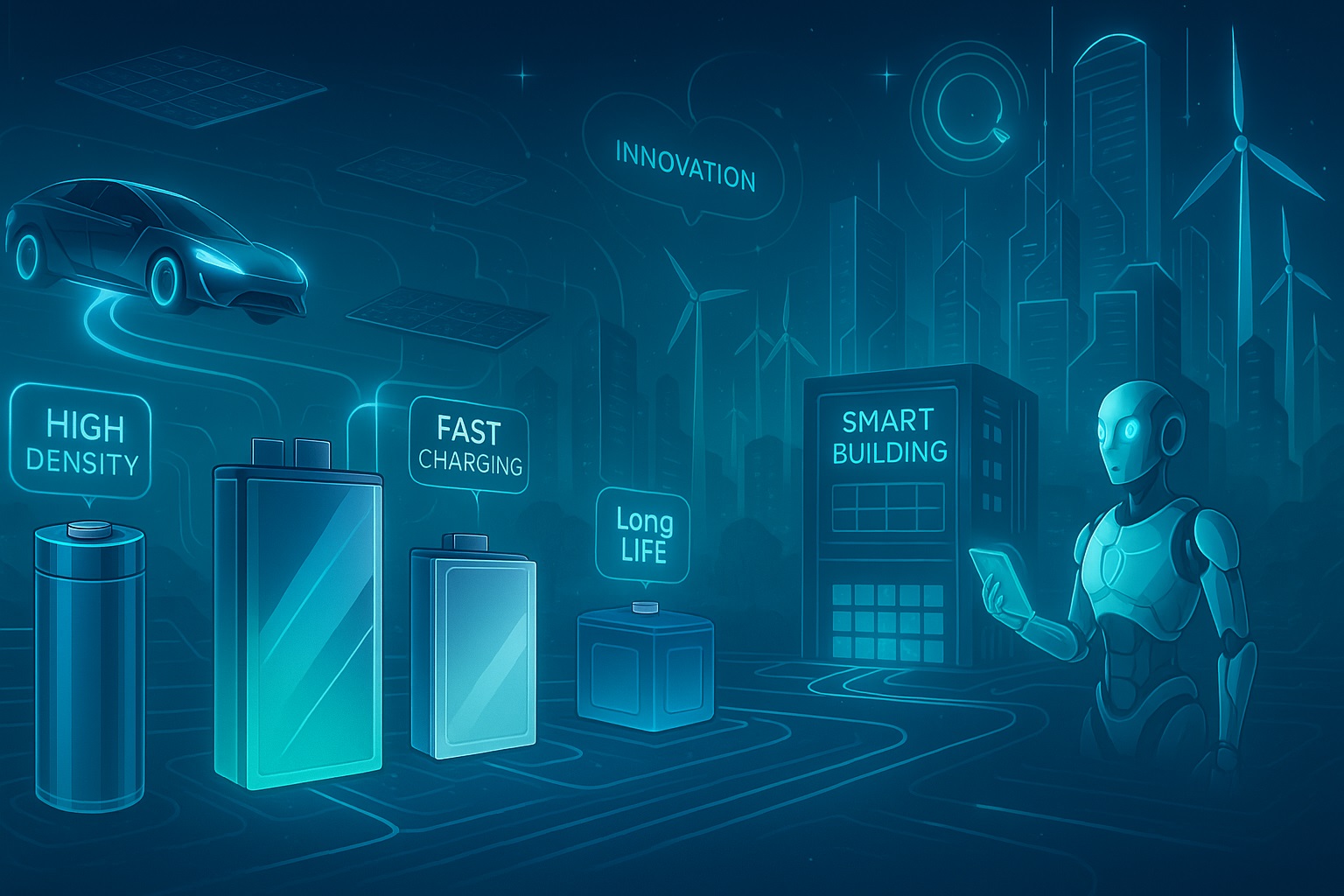Lithium batteries are present everywhere these days. We can find them in our phones, laptops, wireless power tools, and even electric vehicles. However, it is important to keep in mind that even though all these electronics use lithium batteries, they do not use the same type of lithium batteries. There exist quite a few types of lithium batteries, but today we will be talking about 3 types:
Lithium Nickel Manganese Cobalt oxide (NMC)
Lithium Nickel Manganese Cobalt oxide batteries bring together the benefits of the three main elements used in the cathode: nickel, manganese, and cobalt. 60% nickel, 20% cobalt, and 20% manganese are the most common cathode combination ratios.
The benefits of NMC batteries include high energy density and a longer life cycle at a lower cost than other cobalt-based batteries. NMC batteries have a low self-heating rate; they also have higher thermal stability, making them relatively safer.
This battery is most commonly seen in power tools and electric powertrains for e-bikes, scooters, and some electric vehicles. One of the major drawbacks to NMC batteries is that they have a slightly lower voltage than cobalt-based batteries.
Lithium Iron Phosphate (LiFePo4)
Lithium Iron Phosphate batteries use phosphate as the cathode material and a graphitic carbon electrode as the anode. LiFePo4 batteries have a long life cycle with good thermal stability. This increased safety, and tolerance if mistreated, are the main advantages of using these batteries.
Lithium Iron Phosphate battery cells have a nominal voltage of 3.2 volts. They are connecting four of these batteries in series resulting in a 12.8-volt battery. This makes LiFePo4 batteries the most common type of lithium battery for replacing lead-acid deep-cycle batteries.
However, these batteries are not without their drawbacks. The first is that their performance can suffer in low temperatures. Secondly, when compared to other types of lithium batteries, they have a relatively low specific energy. When these two drawbacks are combined, LiFePo4 batteries may not fit well in some high-cranking applications.
Lithium Titanate (LTO)
Lithium Titanate is also known as li-titanate. These batteries replace the graphite in the anode with lithium titanate and use NMC as the cathode chemistry. This results in an extremely safe battery with a long lifespan. This battery also charges faster than any other lithium battery type because of its superior nanotechnology.
LTO has a lot of potential and a growing number of uses. It is currently being used by makers of electric bicycles and vehicles. LTO also has the potential to be used in electric buses. Furthermore, these batteries can also be used in solar streetlights, telecommunications systems, and aerospace and military equipment.
However, these batteries are not without their drawbacks. Lithium Titanate batteries offer low energy density, which means they store a lower amount of energy relative to their weight when compared to other lithium batteries. Additionally, they are costly.











